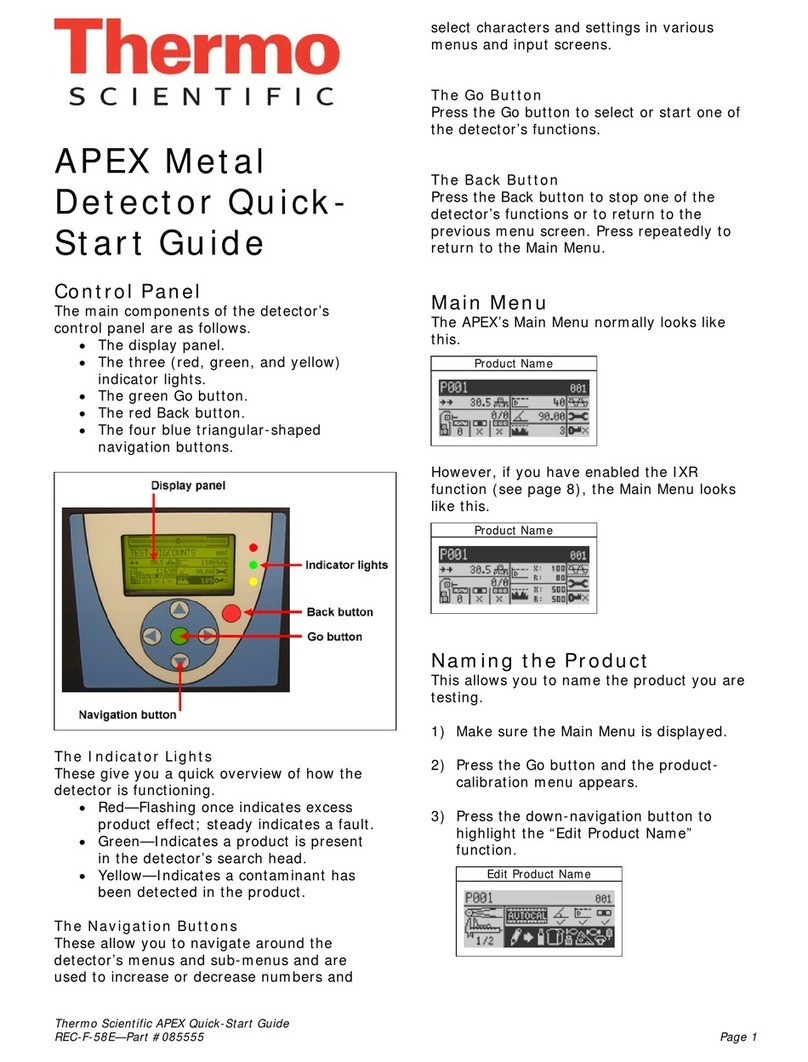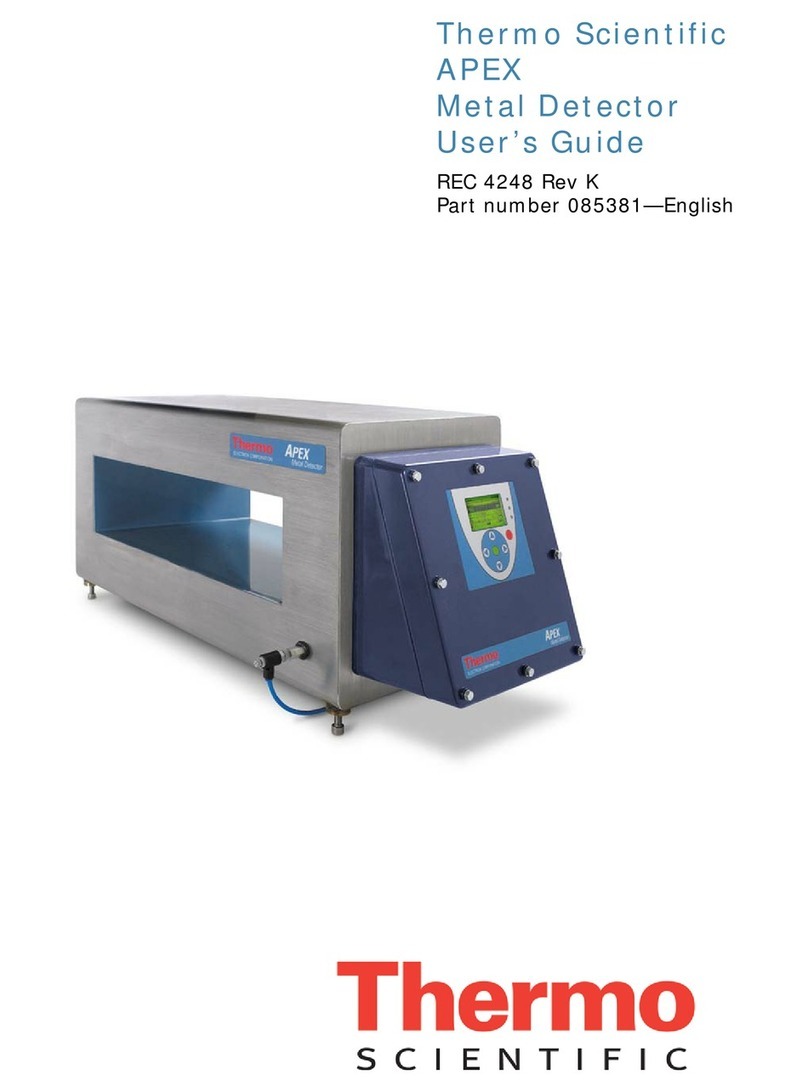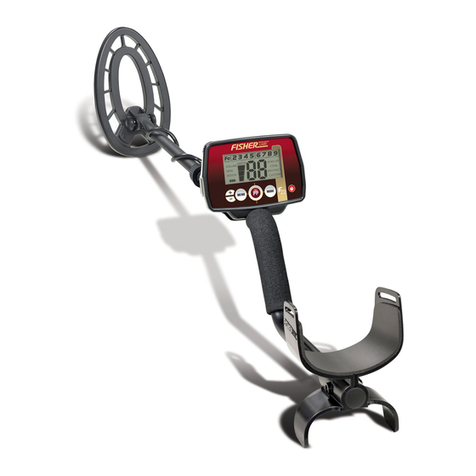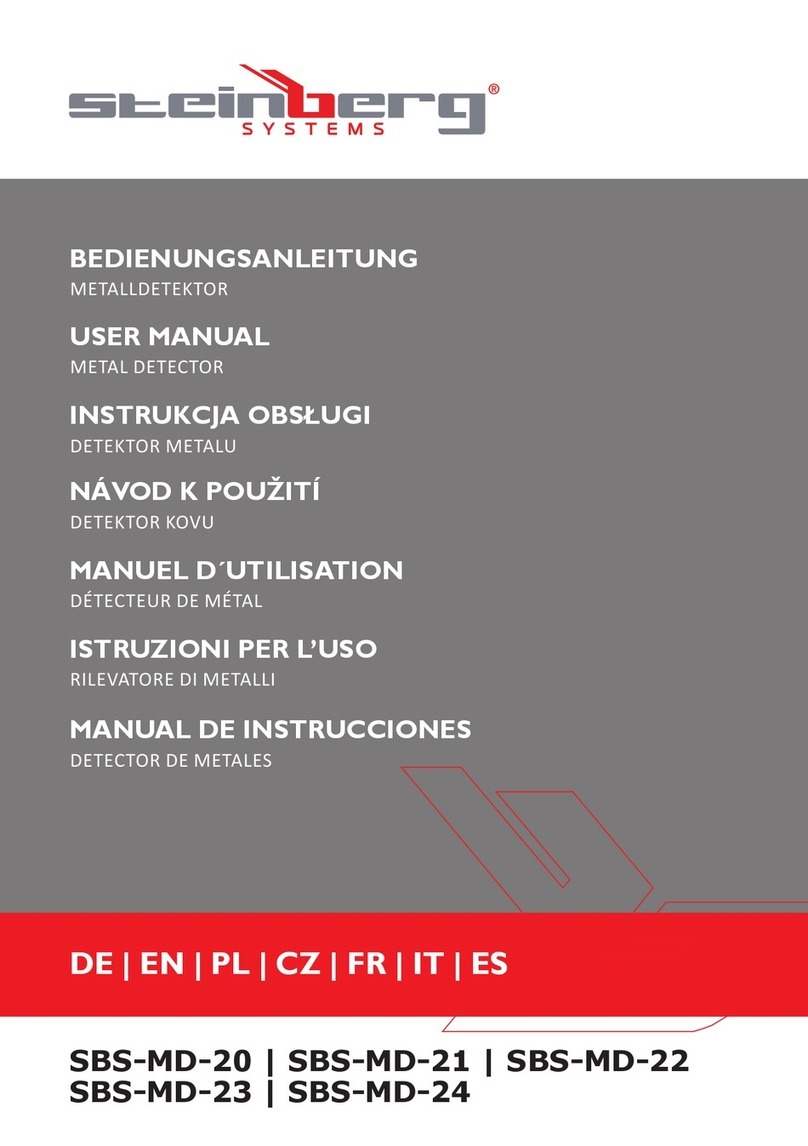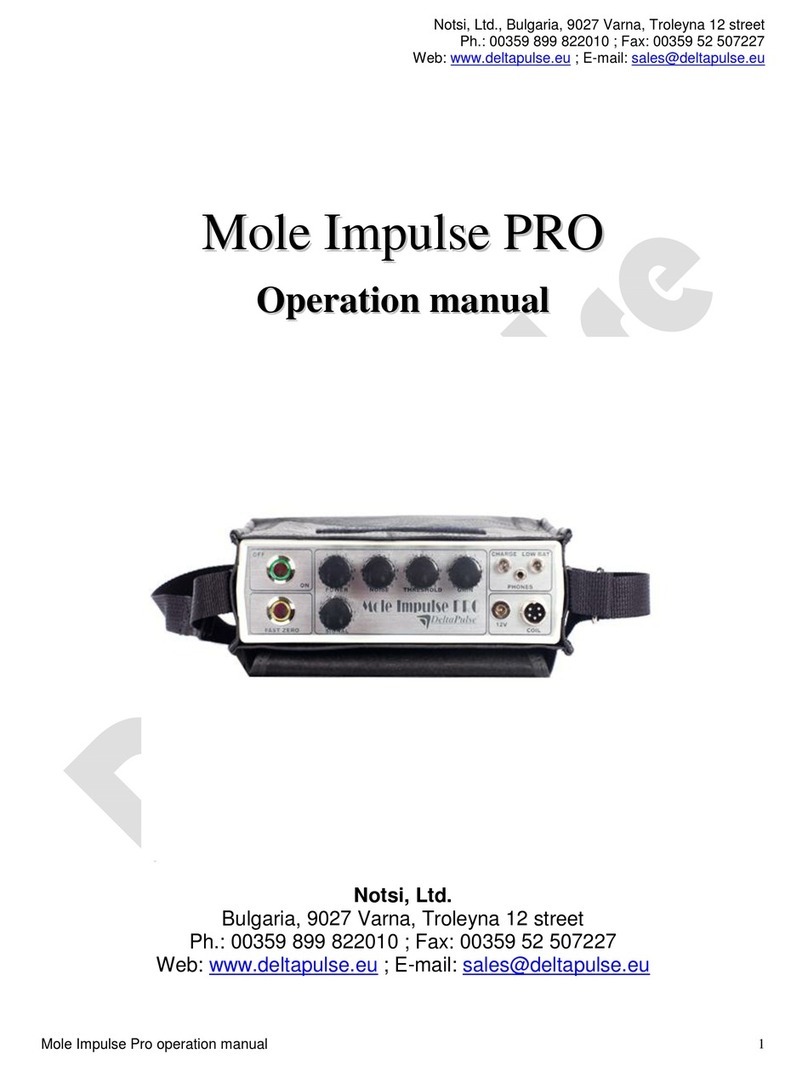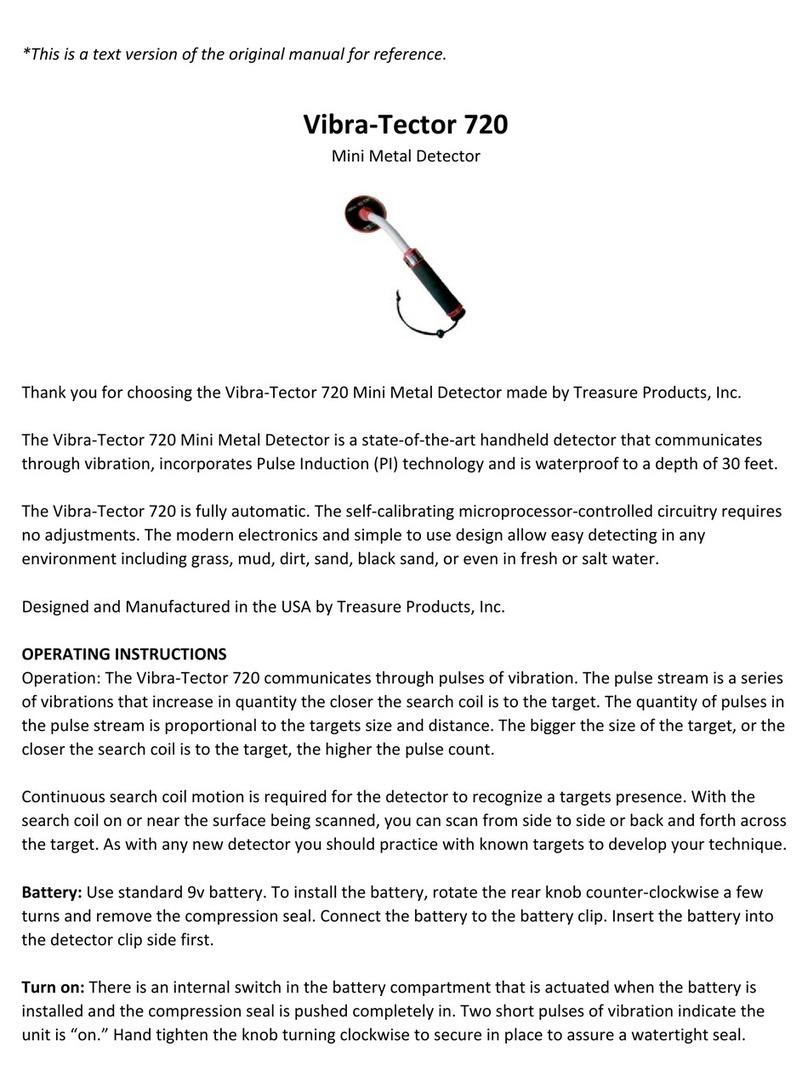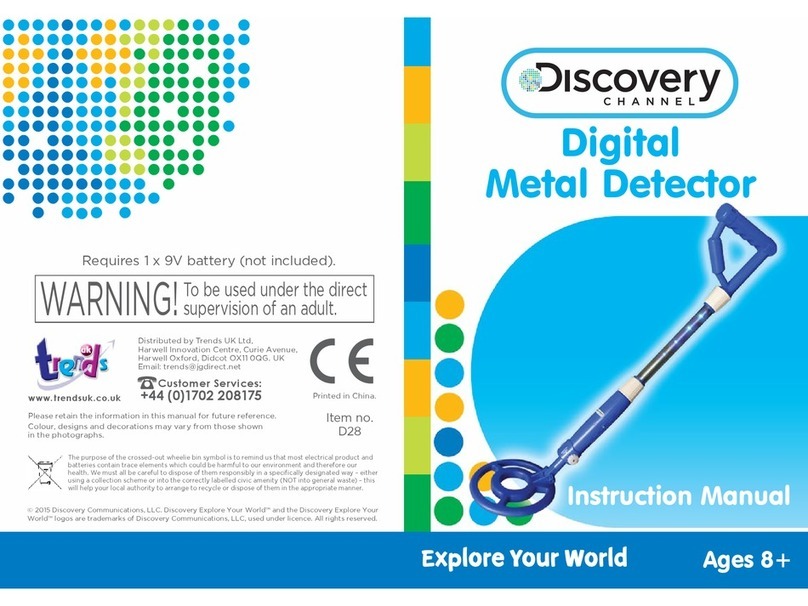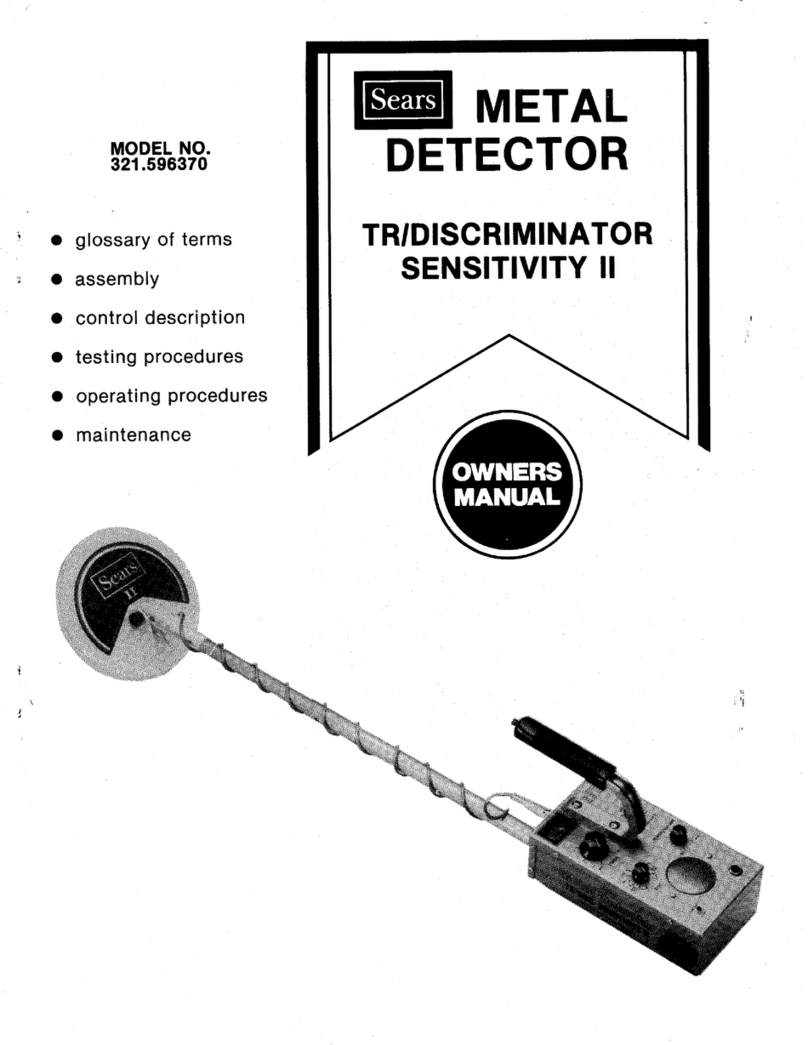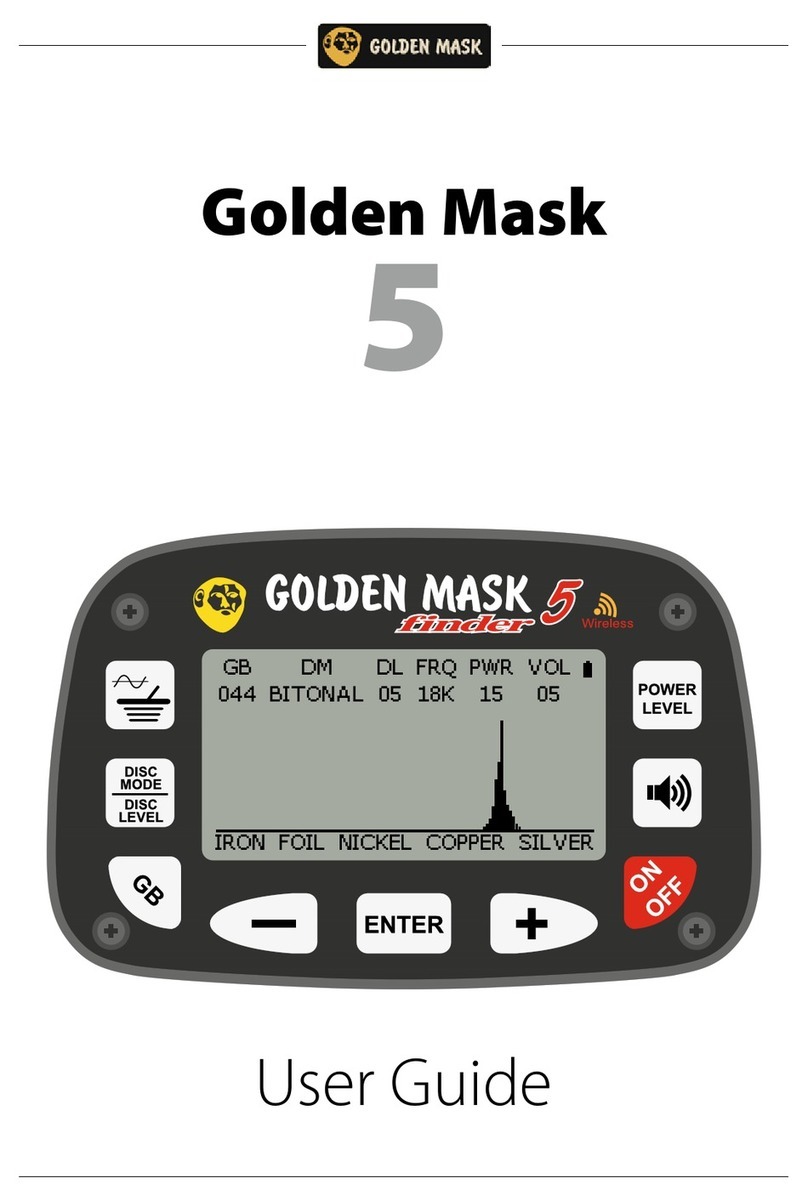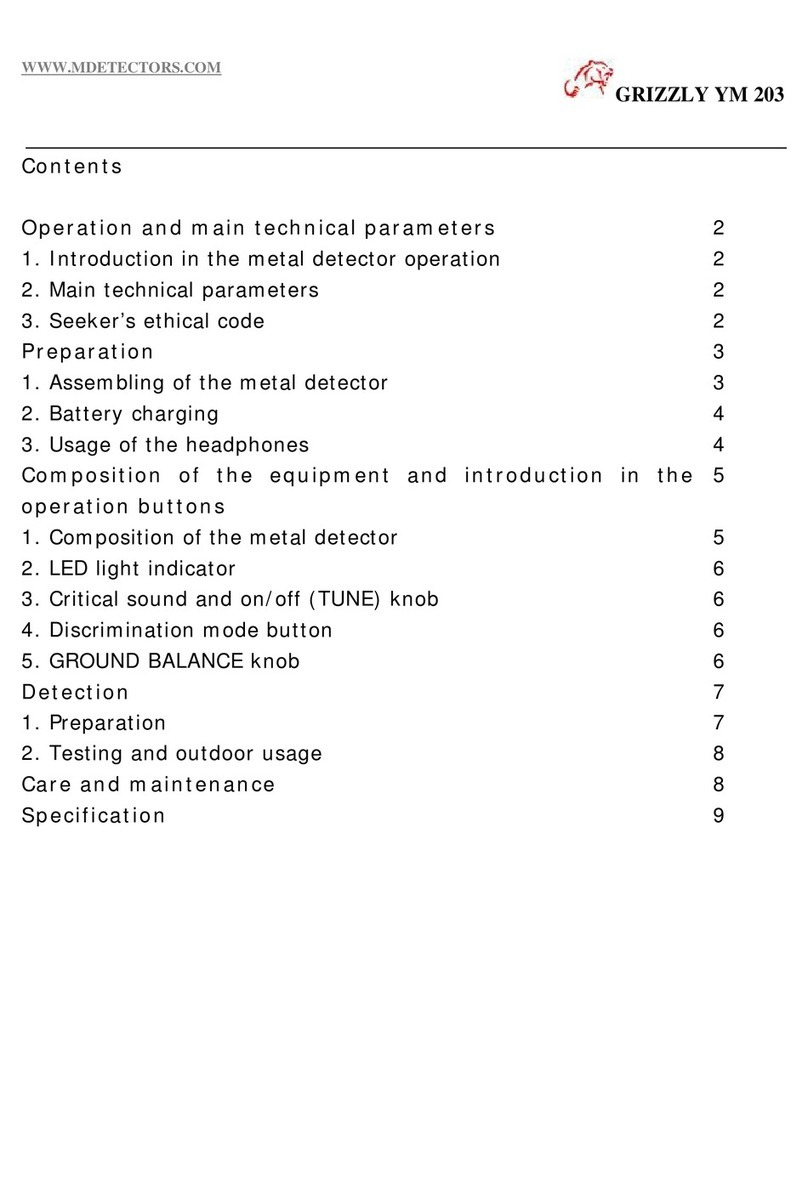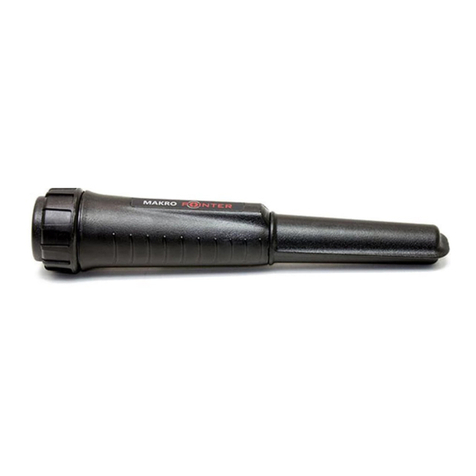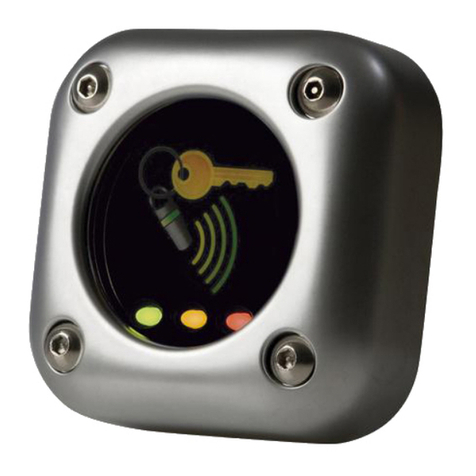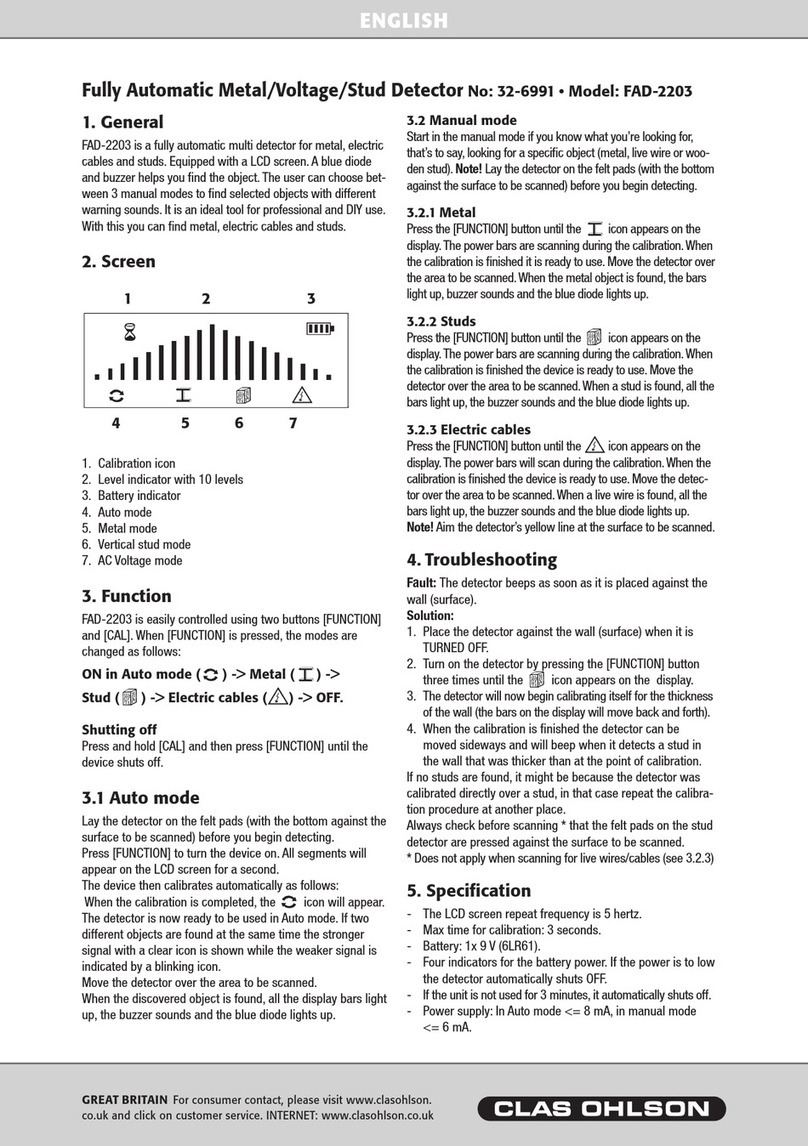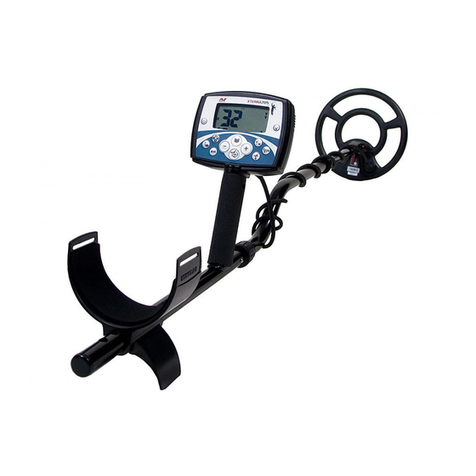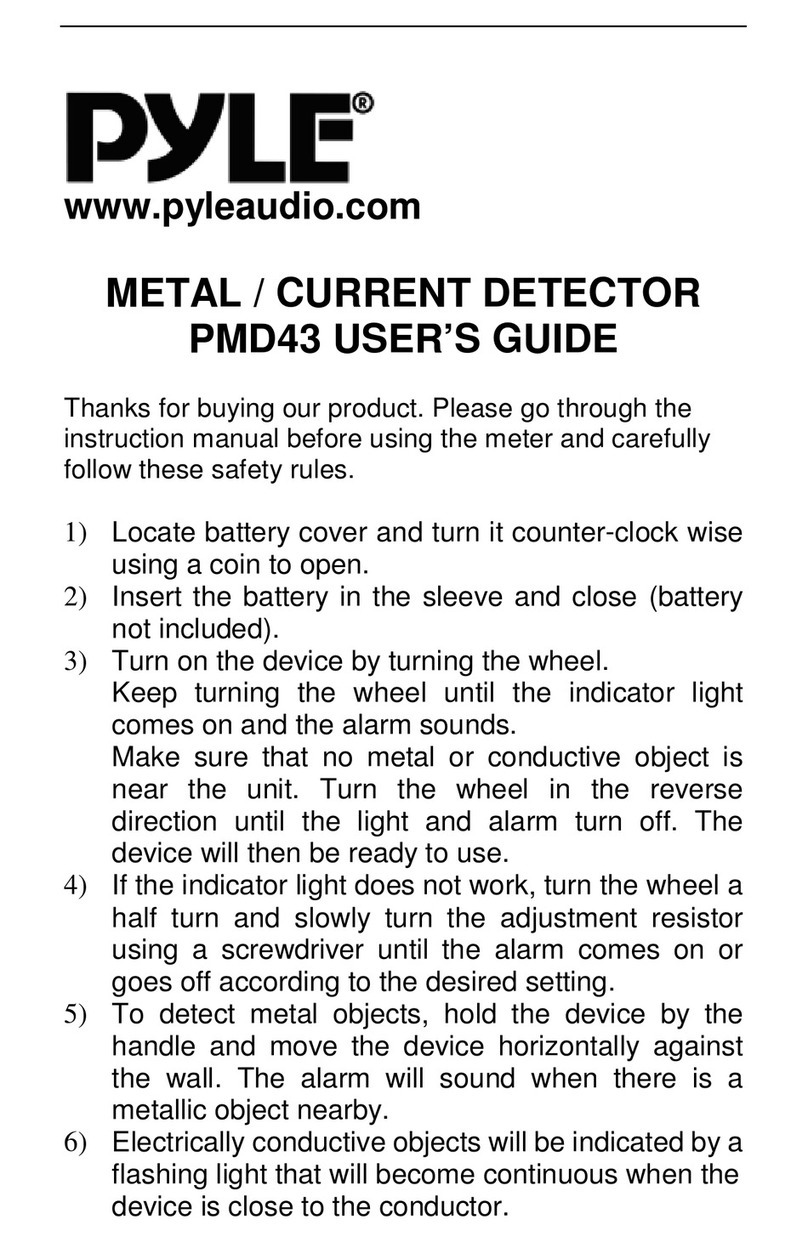
If you transfer the Software Program, you must transfer a copy of these License Terms, all other
documentation and at least one complete, unaltered copy of the Software Program to the other party.
Unless you have other copies of the Software Program to be used in connection with other Equipment
purchased from Thermo Scientific, or one of its divisions, you must, at the same time, either transfer
all your other copies of the Software Program to the transferee of the Equipment or destroy them.
Your license is then terminated. The other party agrees to these terms and conditions by its first use of
the Software Program.
You must reproduce the copyright notices(s) on each copy of the Software Program.
You may not:
1. Use, copy, modify, merge, or transfer copies of the Software Program except as provided in this
license;
2. Reverse engineer, decompile, or disassemble the Software Program; or
3. Sub-license, rent, lease, or assign the Software Program.
Limitation of Remedies
Thermo Scientifics’ entire liability under this license is the following:
Thermo Scientific will: (a) replace defective media, or (b) make a warranted Software Program operate
or (c) replace the Software Program with a functionally equivalent Software Program, as warranted.
For any claim (including breach), in any form, related in any way to this license, Thermo Scientifics
liability will be for the actual value of the Software Program.
Thermo Scientific will not be liable for any lost profits, lost savings, any incidental damages, or other
economic consequential damages, even if Thermo Scientific, or its authorized supplier, has been
advised of the possibility of such damages. Thermo Scientific will not be liable for any damages
claimed by you based on any third party claim.
General
Thermo Scientific may terminate your license if you fail to comply with the terms and conditions of
this license. In such event, you must destroy all your copies of the Software Program. You are
responsible for payment of any taxes, including personal property taxes, resulting from this license.
Occupational Safety and Health Act (OSHA)
The Occupational Safety and Health Act clearly places the burden of compliance on the user of the
equipment and the act is generalized to the extent that determination of compliance is a judgment
decision on the part of the local inspection. Hence, Thermo Scientific will not be responsible for
meeting the full requirements of OSHA in respect to the equipment supplied or for any penalty
assessed for failure to meet the requirements, in respect to the equipment supplied, of the Occupational
Safety and Health Act, as interpreted by an authorized inspector. Thermo Scientific will use their best
efforts to remedy such violation at a reasonable cost to the buyer.






















